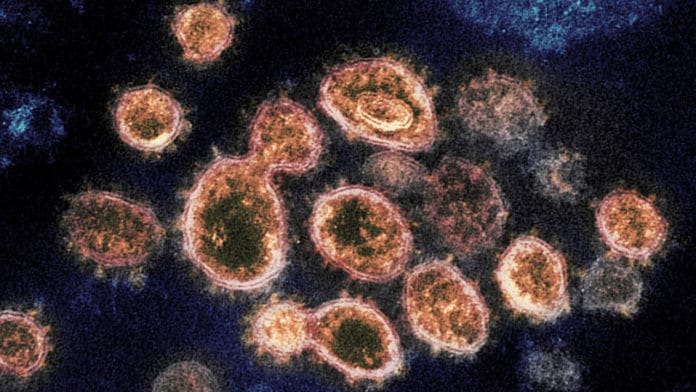A new study by the Cornell University– identifying structural loop in the SARS-CoV-2 spike protein- structural loop in the SARS-CoV-2 spike protein. The study also found that- not only primates but also cats, ferrets, and mink are the animal species most susceptible to the human virus.
Scientists significantly identified the area of the virus that facilitates entry into a cell and a sequence of four amino acids in the structural loop.
Detail analysis revealed that the lineage of SARS-CoV-2 showed it shares properties of the closely related SARS-CoV-1 and HCoV-HKU1, a highly transmissible but relatively benign human coronavirus.
SARS-CoV-1 was first appeared in humans in 2003 and is lethal but not highly contagious. In contrast, SARS-CoV-2 is both highly transmissible and lethal.
Gary Whittaker, professor of virology in the College of Veterinary Medicine, said, “It’s got this strange combination of both properties. The prediction is that that loop is essential to transmissibility or stability, or both.”
“Other recent research has identified a bat in China that carried a coronavirus with a similar loop but a different sequence of amino acids, which adds another lead for future inquiry.”
Scientists also compared the SARS-CoV-2 structural model with those of coronaviruses found in other animals and affirmed SARS-CoV-2 started in bats. It had been recommended that the virus may have gone through pangolins (a scaly anteater), yet examinations of viral successions and structures found no proof of that.
Whittaker said, “How [SARS-CoV-2] got into humans is still unclear. A newly identified genetic sequence in SARS-CoV-2 points to the possibility of an unknown intermediate host.”
“A newly identified genetic sequence in SARS-CoV-2 points to the possibility of an unknown intermediate host.”
“Cats, ferrets, and minks are also susceptible: To infect a cell, features of the spike protein must bind with a receptor on the host cell’s surface, and cats have a receptor binding site that closely matches that of humans. To date, infections in cats appear to be mild and infrequent, and there is no evidence that cats can, in turn, infect humans.”
“Investigations into feline coronaviruses could provide further clues into SARS-CoV-2, and coronaviruses in general.”
“We are keeping an open mind to see if similar things may happen in cats that already that are now happening in humans.”
Journal Reference:
- Javier A.Jaimes, Phylogenetic Analysis and Structural Modeling of SARS-CoV-2 Spike Protein Reveal an Evolutionary Distinct and Proteolytically Sensitive Activation Loop. DOI: 10.1016/j.jmb.2020.04.009
